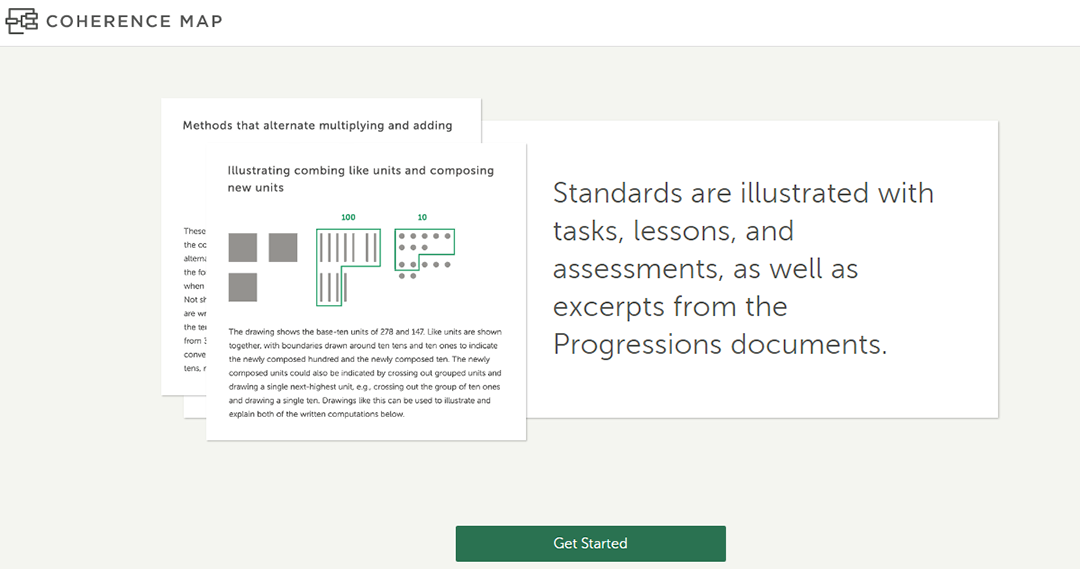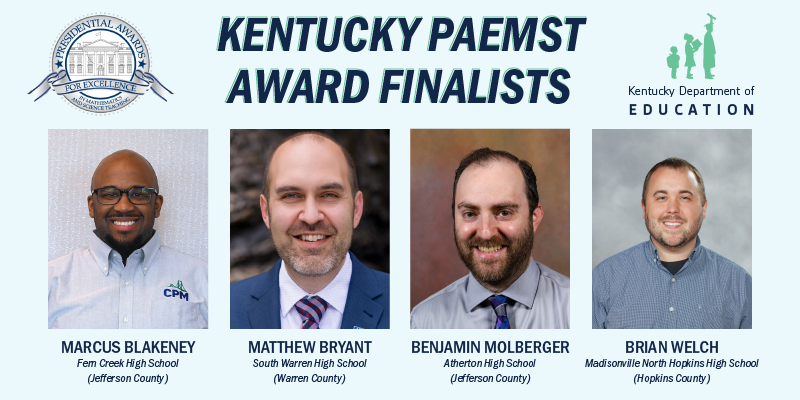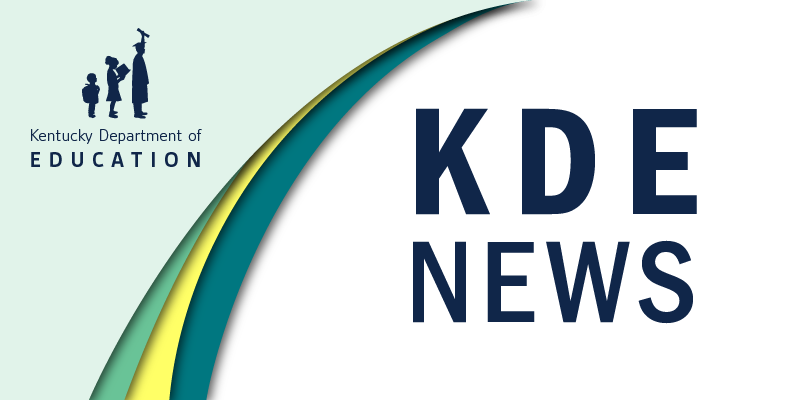As a math team, grade level and vertical alignment team, the kindergarten math teachers work to ensure that our students are getting what they need in math each week. We rely on the standards, pacing guide and a coherence map to determine what we are to teach and when. However, we use observation, student work samples and pre/post-test assessments to guide instruction so that it meets the needs of all our students.
If a student has mastered a particular math standard on the pretest, we check the coherence map from Achieve the Core to determine what the next steps are for the student, in accordance with what they are asked to master in the next grade level. This is the first year the kindergarten math team has used Achieve the Core coherence map.
According to Achieve the Core, the coherence map shows the connections between state mathematics standards, linking together concepts within and across grades. The same is also true for the times that a student does not master a particular math standard. We are able to go back to the foundational standard and focus on that during math workshop time, where meet with our students in ability groups.

Illustration submitted
The coherence map includes:
- the standard and its connections within and across grade levels;
- definitions of mathematical vocabulary in a standard;
- illustrative math tasks;
- mini-math assessments; and
- progression documents.
The coherence map breaks down our standards into clusters and progressions for not only our grade level, but also for what is to come in the next grade level. This makes it easier to challenge the students who have mastered the standard that is being covered. Lesson tasks – which are examples of a lesson a teacher can print off and implement in his or her classroom – are provided, along with assessments to guide our lesson planning for the standards.
“A common frustration voiced among math teachers is understanding how the major work of their grade level or course fits within the larger pathway for algebra readiness. This frustration is often heightened for interventionists and resource teachers,” said Linda Caudle, Ballard County’s curriculum consultant.
“The coherence map illuminates critical connections both within and across grade levels, providing specific guidance in addressing gaps in a student’s mathematical understanding. For example, a special education teacher I’ve recently worked with said that this tool helped her to successfully target a specific skill with a struggling student and the precious instructional time spent on this skill was spot-on.”
The kindergarten math teachers review the coherence map to ensure there aren’t any gaps in our instruction and that we are doing everything we can to provide students with a seamless transition from one grade to the next. The visuals this map provides helps us see where our students are, where they are going and how we need to get them there in order to truly understand mathematics.
For example, if our students have mastered the standard K.CC.A.3 – Write numbers from 0 to 20. Represent a number of objects with a written numeral 0-20 (with 0 representing a count of no objects) – we can use the map to see where to take the students to get them ready for what is next in the progression of learning numbers. This map is a great tool that we take advantage of as often as possible ensuring positive results with our students that helps us prepare them for the next grade level.
The goal for next year is to introduce families to the coherence map so they also can see where their child is going and how we are going to work with them to be mathematically proficient. We really feel like the more we involve our families in this process and using this tool, the more successful our students will be in mathematics.
As a kindergarten team, we would like to introduce the coherence map during back to school night at the beginning of the year. Parents will be able to have access to help with their student’s progress during the year.
Priscilla Keller has taught for 11 years. She is now teaching kindergarten at Ballard County Elementary School (BCES). Keller graduated from Eastern Kentucky University with a major in elementary education, and received her master’s in elementary education from Georgetown College. She is a National Board certified teacher, a Kentucky Core Advocate and is the Odyssey of the Mind coach at BCES.
Whitney Nichols has taught for six years and now teaches kindergarten at Ballard County Elementary School. Nichols graduated from Western Kentucky University with a major in elementary education, and received her master’s in teacher leadership with an elementary math specialist endorsement from Western Kentucky University. She is currently pursuing her rank 1 in administration at Murray State University.



Leave A Comment